Scotland's carbon footprint: 1998-2016
Estimates of Scotland's greenhouse gas emissions on a consumption basis.
This document is part of a collection
Emissions-intensities by product (Experimental Statistics)
All results in this section are designated as experimental statistics. These are defined as new official statistics undergoing development and testing. The methods, data sources and results in this section are open for ongoing consultation with users, and we welcome feedback on all aspects of the statistics. All users should be aware that the results in this section are provisional and will be revised and updated when further developments are made. They should therefore be used with appropriate caution at this time. We welcome any thoughts or views on this analysis. Please contact andrew.mortimer@gov.scot.
Introduction
This section introduces two conceptually similar measures of emissions-intensity, i.e. Kilogrammes of embodied emissions per pound (£ GBP) of final demand expediture. These are currently called Total Impact Multipliers, and Conversion Factors and each has its own benefits and weaknesses depending on their use.
Conversion Factors
The main benefits of this measure are:
1. The classification system used in the Conversion Factors better aligns to expenditure items that households buy. For example, rather than 'wearing apparel' the COICOP[3] system has categories for garments, accessories and haberdashery.
2. Conversion Factors allow users to work with the actual prices of products as bought from shops, including any taxes, duties and retail & wholesale margins. The conversion factors are developed by calculating the emissions by COICOP category and then dividing by the annual spend on products according to the Living Costs and Food Survey 2016.
The key weakness of the Conversion Factors is that they are not presented by 'country of final assembly'.
Total Impact Multipliers (TIMs)
In contrast to Conversion Factors, Total Impact Multipliers have the key benefit of providing separate emissions-intensities for goods and services produced in each region (UK / EU27 / China / Rest of World). However, the denominator used in TIMs is valued in basic prices. As a result, users will need to adjust these values for retail and wholesale mark-ups and apply any taxes & duties that may apply. The TIMs do however allow consideration of instances where buying locally produced goods and services would reduce global emissions. Additionally, TIMs potentially have a role in industrial policy by allowing consideration of the wider impacts of offshoring production (and emissions) currently taking place in the UK.
Results
The following section presents the most polluting goods and services for all greenhouse gases in terms of Kg of CO2 equivalent in the latest year (2016). Emissions-intensities for all goods and services can be obtained in an accompanying spreadsheet (see "supporting files" section on the web-page for this release).
Chart 10. Conversion Factors: top 20 emissions intensities by product
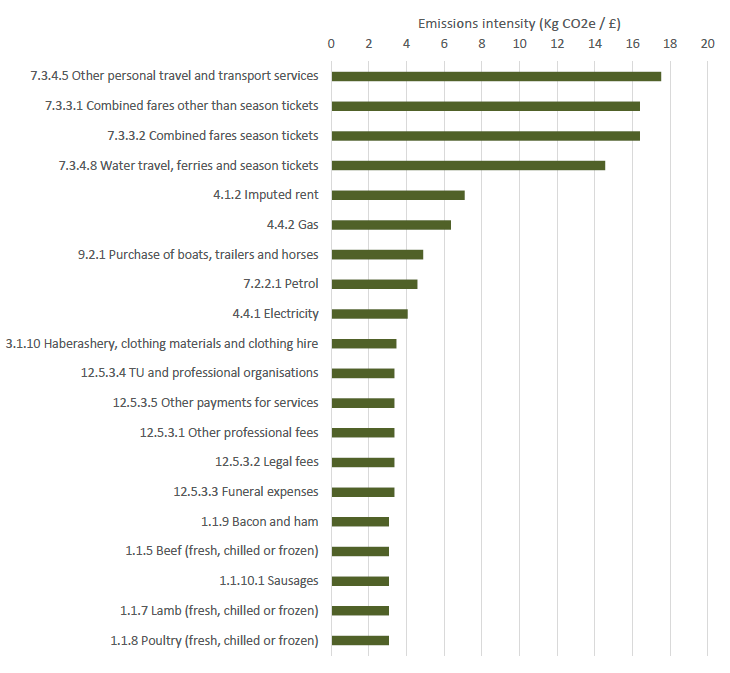
Chart 11. Total Impact Multiplier (UK): top 20 emissions intensities by product
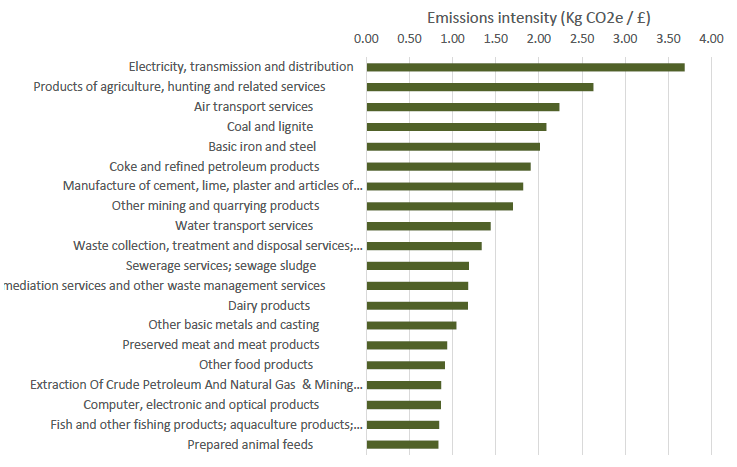
Chart 12. Total Impact Multiplier (EU27): top 20 emissions intensities by product
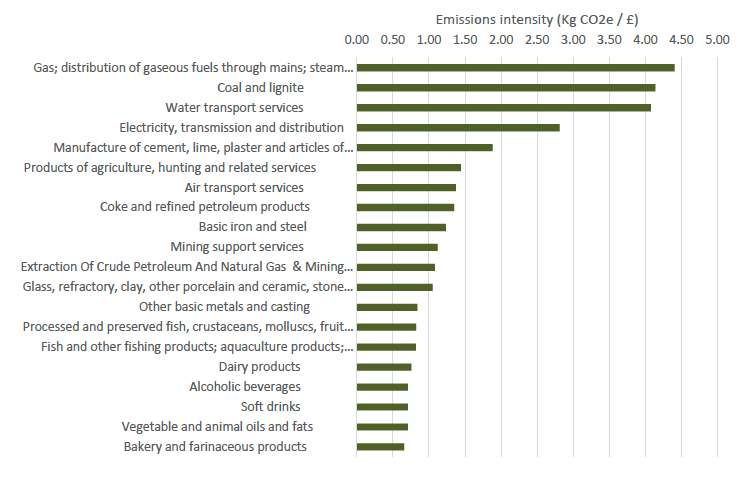
Chart 13. Total Impact Multiplier (China): top 20 emissions intensities by product
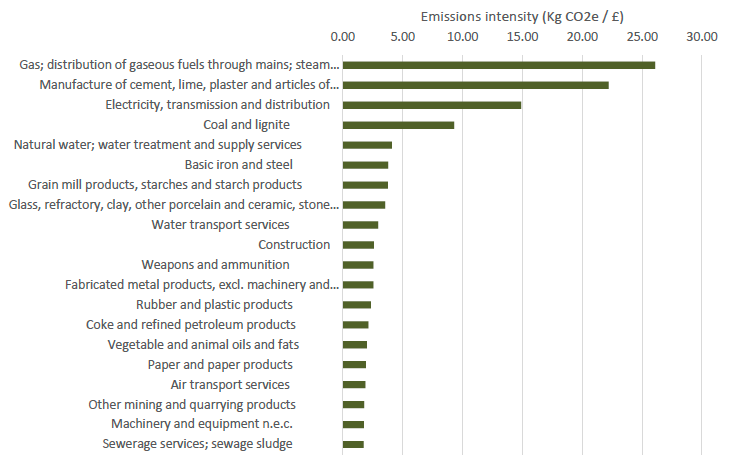
Chart 14. Total Impact Multiplier (Rest of world): top 20 emissions intensities by product
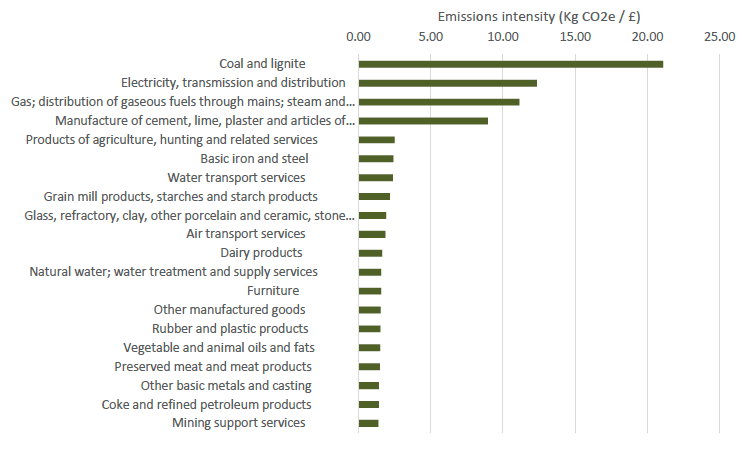
Contact
Email: andrew.mortimer@gov.scot
There is a problem
Thanks for your feedback